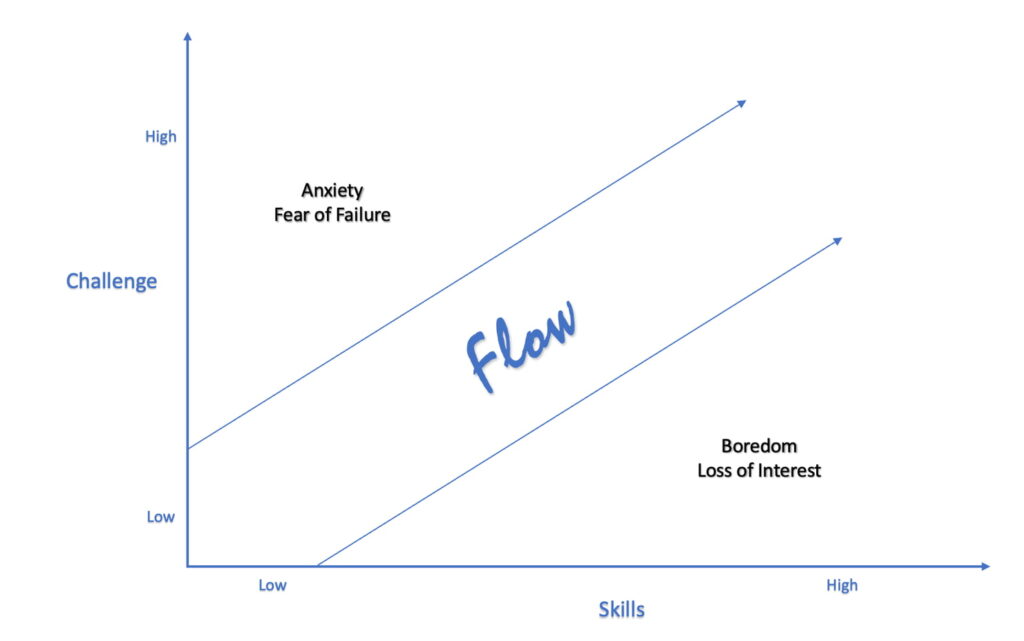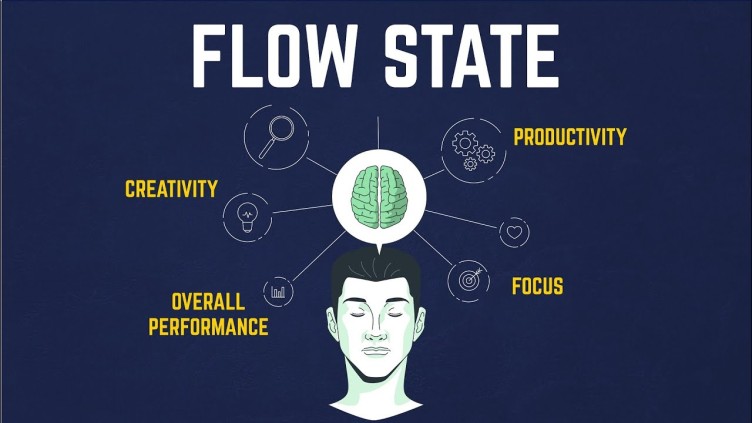At PromptCloud, we’ve been exploring different facets of motivation and seeing how we could harness our intrinsic motivations. One concept that is closely related to intrinsic motivation is that of “flow”. Intrinsic motivation is the internal drive to engage in an activity, while flow is a state of deep engagement in an activity. In other words, one must be intrinsically motivated to experience a flow state.
Mihaly Csikszentmihalyi (his story is as unique as his name, do check) also known as the ‘Father of Flow’ is the one who extensively researched and coined the term Flow.

Mihaly Csikszentmihalyi | Image Source: Claremont Graduate University
“Flow is a state in which people are so involved in an activity that nothing else seems to matter; the experience is so enjoyable that people will continue to do it even at great cost, for the sheer sake of doing it”.
– Mihaly Csikszentmihalyi
Understanding flow helps us lean into our intrinsic motivations and foster a healthy environment for us to thrive. According to Csikszentmihalyi, there are 8 components of flow.
- Clarity of goals
- A balance between skills and challenges: challenges that are not too hot and not too cold, neither overly difficult nor overly simple

- Concentration and focus: having a heightened level of focus
- Immediate feedback: While feedback from peers & managers is valuable, the ideal source of feedback is the activity itself (i.e., you’re able to “experience” progress).
- Sense of control: having heightened control over one’s actions, regardless of the external environment.
- Loss of self-consciousness: be fully engaged in the experience – it’s common to not only forget about one’s problems and surroundings but also lose a sense of self.
- An altered perception of time: when in Flow, one’s usual perception of time is altered – with time either flying by (hours feeling like minutes) or slowing down (seconds feeling like minutes).
- ̉Autotelic experience: The activity is rewarding and fulfilling in itself, besides giving you the satisfaction of achieving its goal.
The first three characteristics are basic conditions necessary to achieve a state of flow, and the rest are on how we experience it. The more you read into it, the clearer it becomes that your state of flow, which is a very personal & unique experience, requires the presence of a special kind of environment.
As an individual, team, and organization, this gives us ample food for thought to evaluate ourselves and find opportunities to incorporate “flow-friendly” practices in our day-to-day.
True, it is easier said than done! From a very young age, we are conditioned to chase extrinsic rewards and do what is culturally desirable. However, understanding these concepts allows us to bring in more awareness and look within so that we could discover a few threads that bring us joy, and lean into them every now and again.
I’d love to hear your thoughts – When was the last time you experienced being in a state of flow? What could you do to make it happen more often?
Written By,
Vivek Bhaskaran | VP of Strategy & Transformation
If you’re interested in reading more of such informative content, please consider subscribing to our newsletter.




